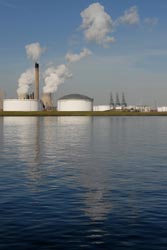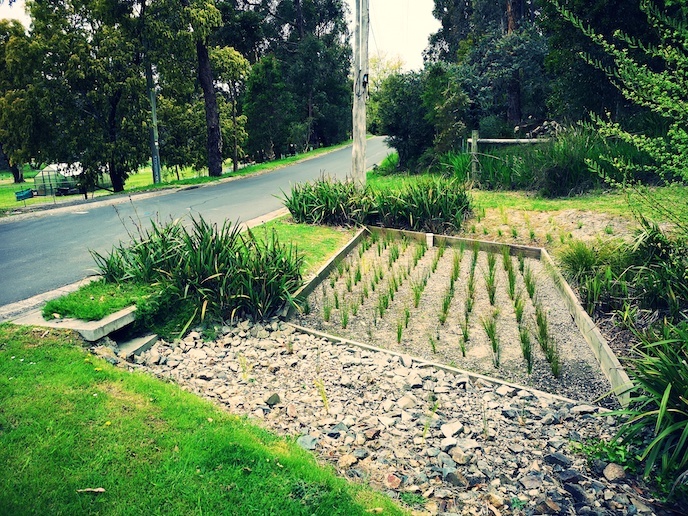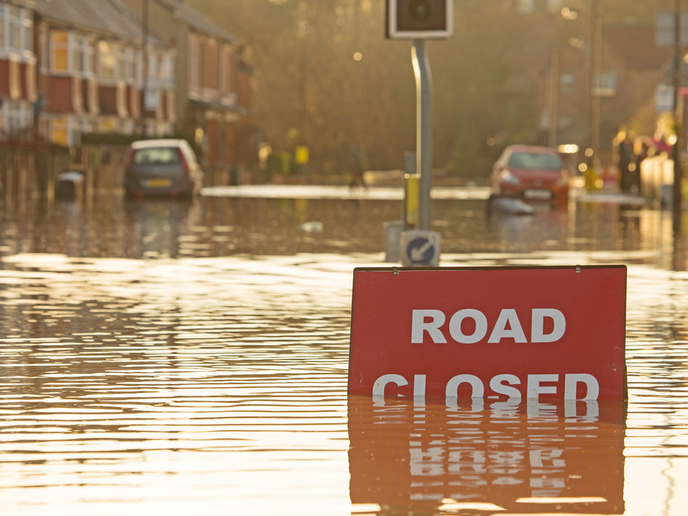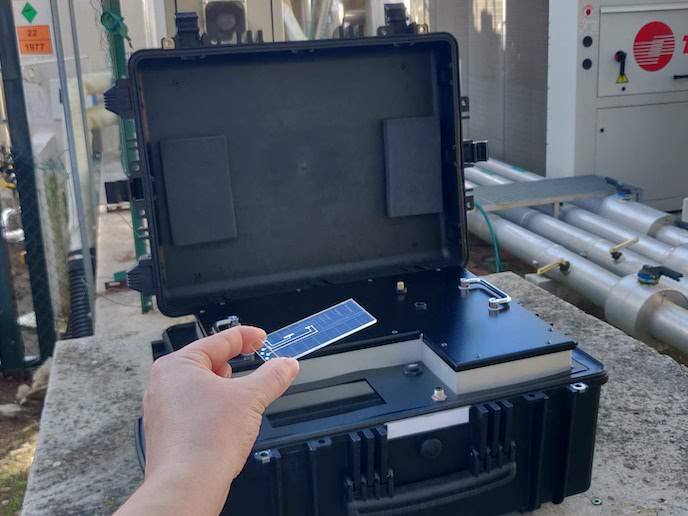Modelling the interplay between water and contaminants in urban areas
The earth's limited water supplies are threatened by population growth as well as increased frequency of drought, flash floods and other phenomena associated with climate change. Now more than ever the rational and sustainable use of water resources is imperative. This applies for urban areas as much as for areas under cultivation or arid regions. The AISUWRS project examined the interaction between contamination, water resources and the surrounding environment in urban areas. The consortium included the Commonwealth Scientific and Industrial Research Organisation (CSIRO) of Australia, a nation that has faced widespread water shortages in recent years. CSIRO brought its modelling experience to the AISUWRS consortium. The primary tool employed was the Urban Volume Quality (UVQ) water and contaminant balance model. UVQ addresses the sources, sinks and transport of different contaminants and water, including the drinking water supply, wastewater treatment systems and stormwater runoff. UVQ output includes water flow rates, contaminant loads and other parameters at different points in the system. The user can modify various water management processes and gain an understanding of the corresponding impact on the entire water/contaminant lifecycle. In the context of AISUWRS, UVQ was applied in the case studies of four different cities. The results will be of interest to the relevant water management authorities. UVQ, which has been copyrighted by CSIRO, can also be used to design an optimal urban water system for a new city.







